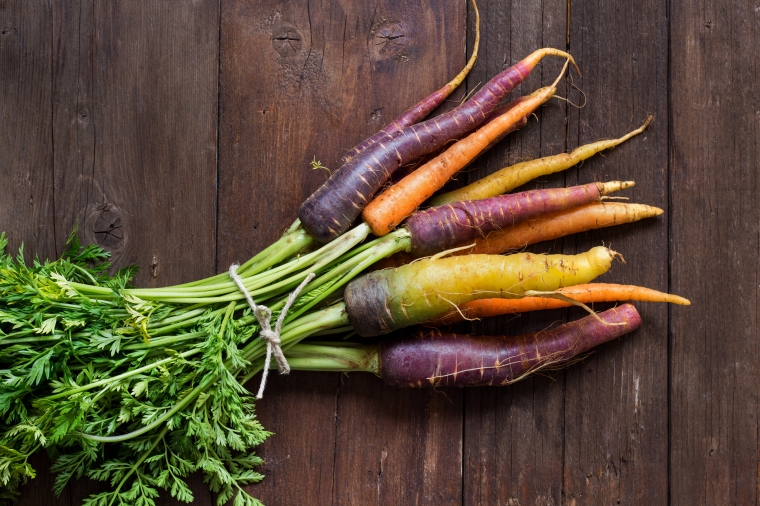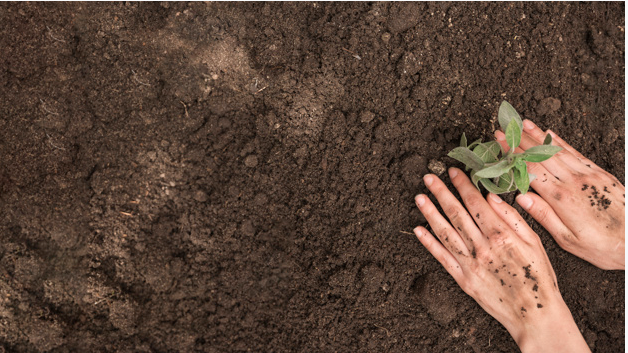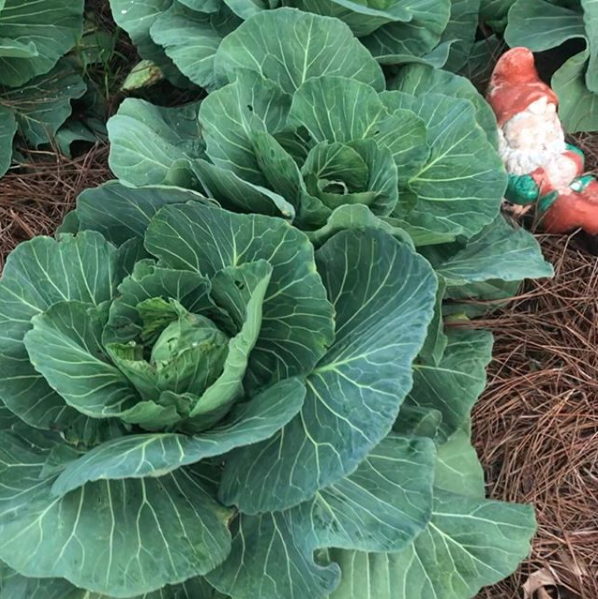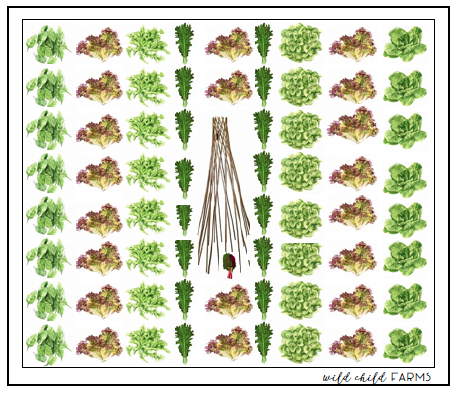Succession Planting: The Heart of the Garden Symphony
Jan 06, 2023Soil is the foundation of the garden symphony, a good plan is the cornerstone, and succession planting is the heart. The benefits of creating an environment where plants can thrive are multiplied exponentially with succession planting.

A well laid plan and nutrient rich soil allow us to have a garden that never stops producing. Year round we see the fruit of our labor. But succession planting is how we do it. Succession planting allows us to extend our harvest by staggering plantings of crops, planting varieties with staggered maturing dates, and constantly taking out the old and putting in the new. Succession gardening is possible in the south because of our mild climate, but it requires some careful planning. You will be shocked to learn what you can harvest for your family in your garden space. Here are three methods of succession planting that every southern gardener should know and practice.
Staggered Planting
Space out plantings of the same vegetable every two to four weeks. Many vegetables fade after producing their initial crop, setting a heavy yield initially, then smaller and smaller yields throughout the season. Rather than planting your entire row of beans all at once and having one feast then babying the plants for mediocre yields the remainder of the season, you can plant some at the beginning of the season and then plant more in two week intervals. Doing this allows a new crop to be continually coming in. More beans for you!!

Staggered Picking Dates
Just as succession planting allows the gardener to stagger the planting dates, you can also stagger the dates you will pick your veggies. Do this by planting different varieties. For example, cabbage varieties can be planted for different maturing dates by choosing "early," "mid," or "late" season varieties. Blue Vantage and Platinum Dynasty are early season cabbage varieties, meaning they will be ready to harvest in about 60 days. Cheers on the other hand takes 75 days to maturity. And Flat Dutch takes 100 days to be ready to pick. By planting all three, you can stagger your picking dates to give you more from your season.

Out With The Old In With The New
Some crops, such as radishes, have short growing seasons and the space they were using can be replanted with a later season crop, like onions. The best vegetables for succession planting this way are root vegetables!! When one vegetable matures and is picked, another plant comes in to fill its space in the garden bed. The key to this method is two fold. First, you must choose two plants that have complimentary maturity dates. Second, your plants must like the weather conditions at the time of planting. That is why radishes and onions work so well with this method. Radishes can take a little heat, so plant them early. They take a few weeks to harvest and by then, the weather has cooled off a bit, and onions can be planted in their place. Do your homework with this method and get so much more from your garden.
Some Of My Favorite Fall Succession Companions
- Carrots ----> Onions
- Radishes ---> Onions
- Beans ---> Mustard
- Beans ---> Strawberries
- Pumpkins ---> Strawberries
- Beets ---> Garlic
Succession planting allows so much more to be grown in the same space as traditional planting. I encourage you to try it, and I think if you do, you will be amazed at what all you can grow!
Not All Veggies Benefit From Succession Planting
Veggies like lettuce are what we call "cut and come again" and they will grow for you all season from the same plant. The more you cut the more they grow. Follow this plan below for gorgeous lettuce all season.

This plan will give you delicious greens all winter long. A teepee in the middle of the bed adds height, a trellis for climbing greens, as well as a beautiful artistic element. The garden should be a feast for the body, the eyes, and the soul. These plans will help you achieve that. Plant your 4' x 4' bed with 6 different lettuce varieties plus a climbing structure with sugar snap peas for beauty and salads all winter long.



